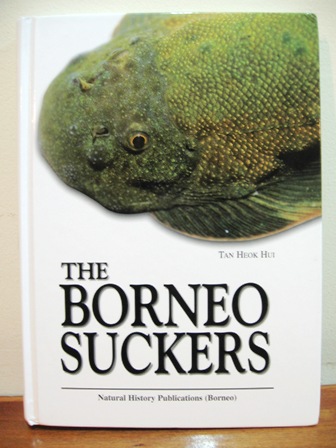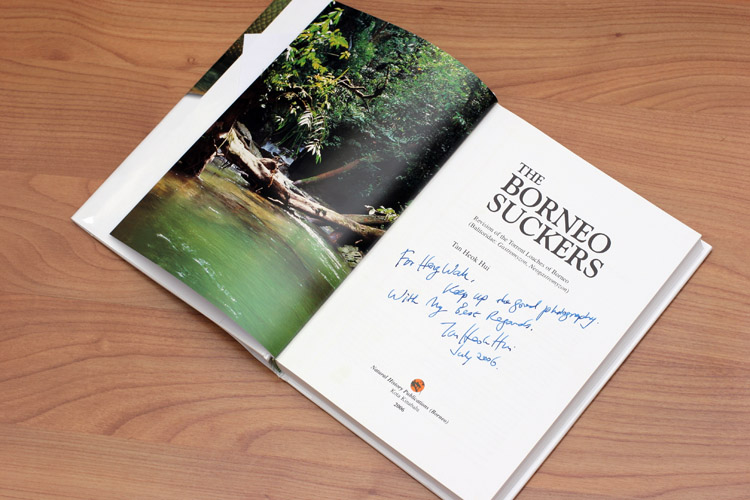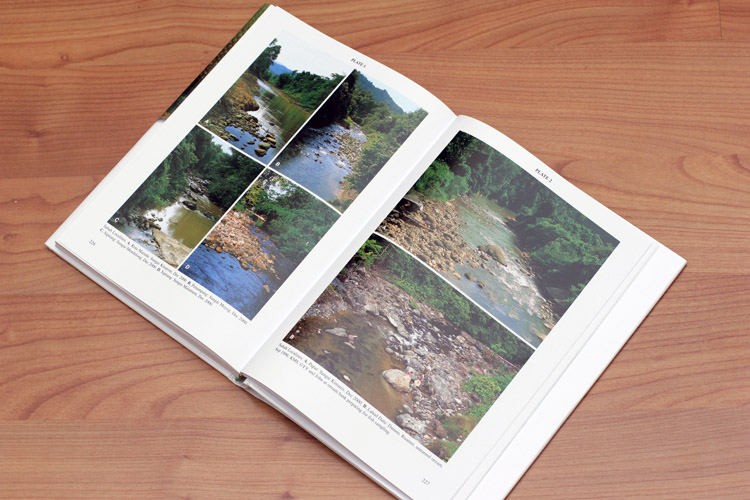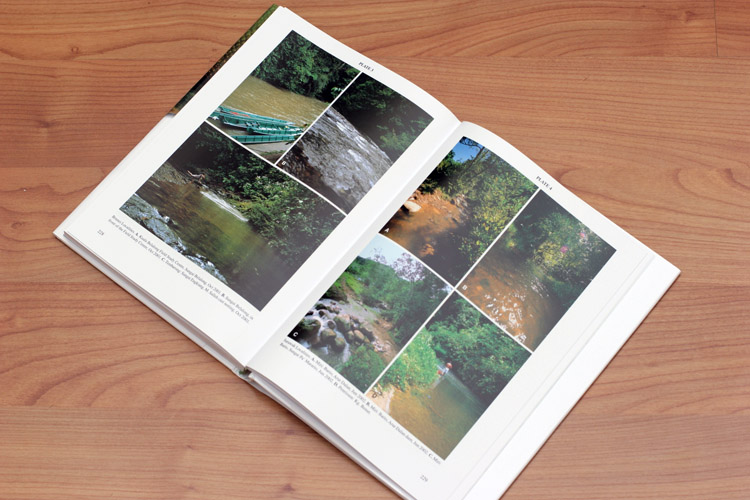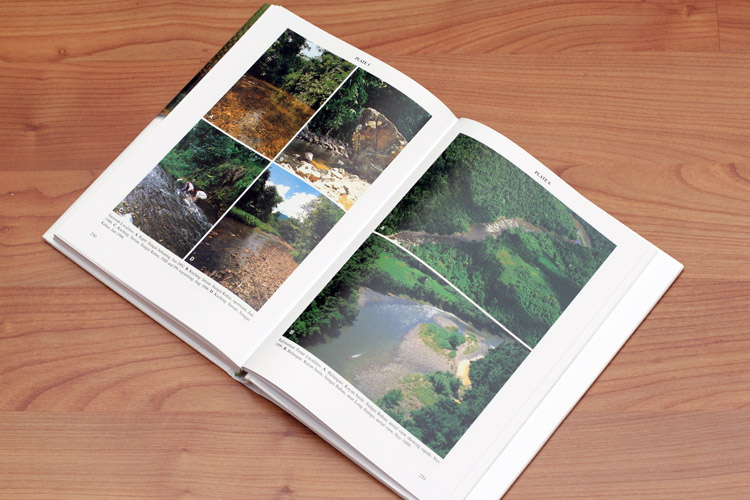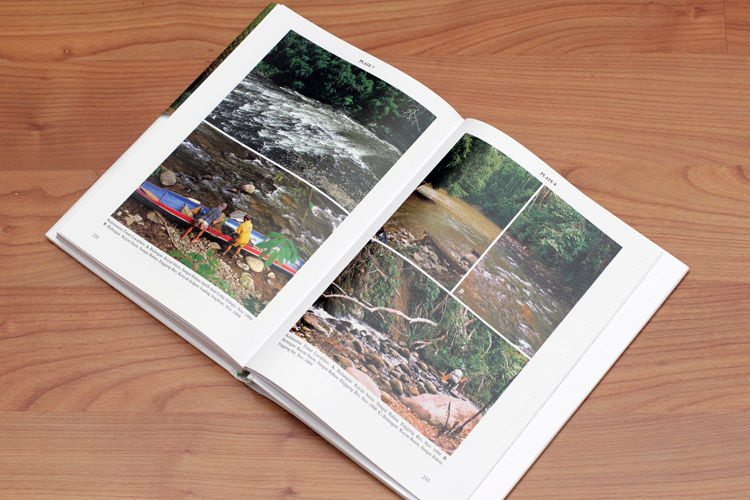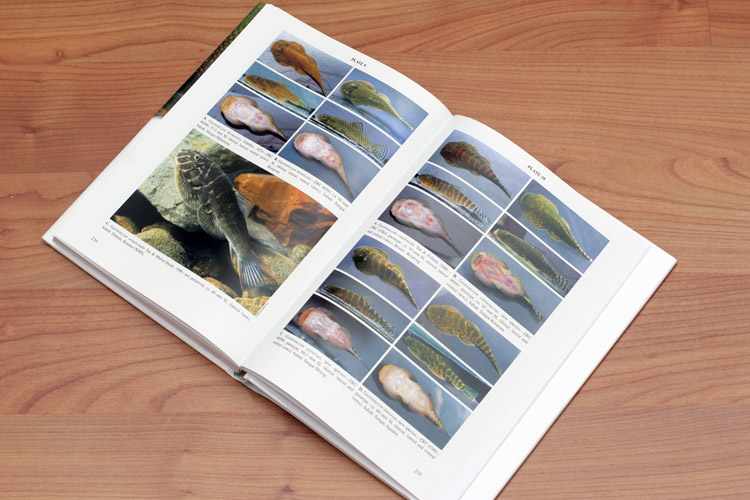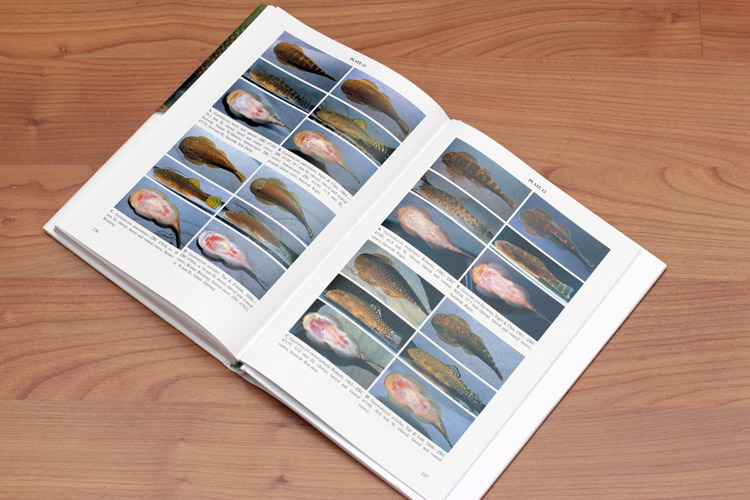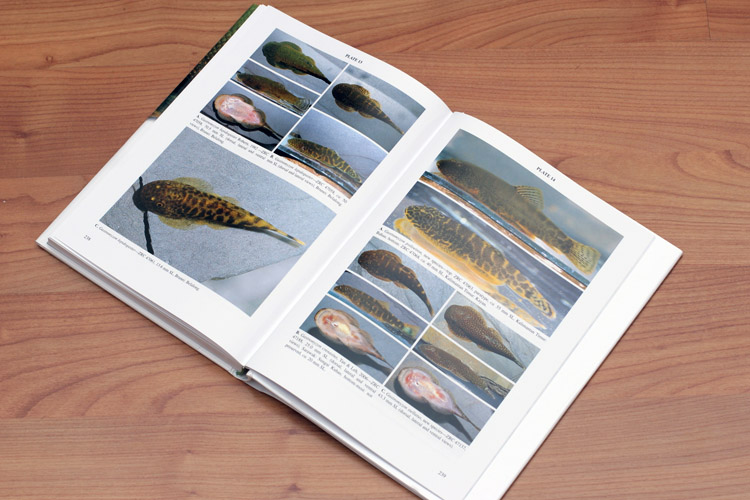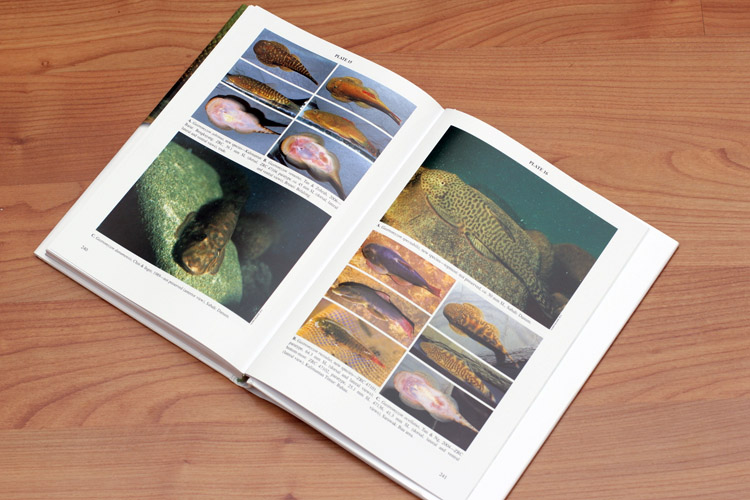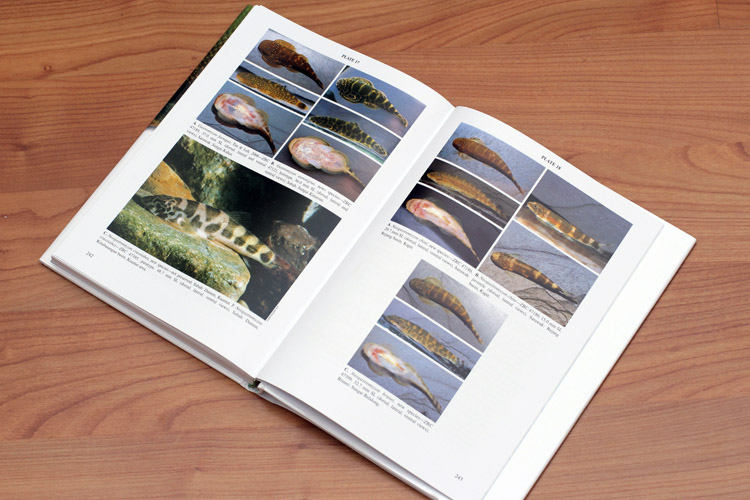TAN Heok Hui
About the book
The systematics of the genera Gastromyzon, Hypergastromyzon and Neogastromyzon of the family Balitoridae, all of which are endemic to Borneo, are revised. These genera possess an increased number and enlarged size in the pectoral and pelvic fins, fused pelvic fins and dorso-ventrally flattened bodies. They live in the headwater and hillstreams, typically in fast-flowing water over a rocky substratum. All type material of the 21 known species of Gastromyzon is re-described, with another 15 new species described. The genus Gastromyzon, now with 36 species, is divided into 11 artificial species groups: Gastromyzon borneensis group, G. punctulatus group, G. fasciatus group, G. contractus group, G. ctenocephalus group, G. lepidogaster group, G. ridens group, G. danumensis group, G. pariclavis group, G. ocellatus group and G. auronigrus group. The status of G. borneensis and G. lepidogaster is resolved with fresh topotypical material. The taxonomy of G. borneensis, G. danumensis, G. fasciatus, G. lepidogaster and G. punctulatus is clarified with fresh material and material from a wider distribution. A lectotype is designated for G. monticola. The life coloration of 26 species of Gastromyzon is illustrated, together with line drawings of juvenile of 15 species.
The genus Neogastromyzon is also revised and the identities of the two known species clarified and another four new species are described. All type material is illustrated, with life coloration of 3 species. A brief diagnosis of Hypergastromyzon is also included. An artificial key is provided for all species of Gastromyzon, Hypergastromyzon and Neogastromyzon. The biogeographical, ecological observations and biology of these balitorids are compiled and presented.
